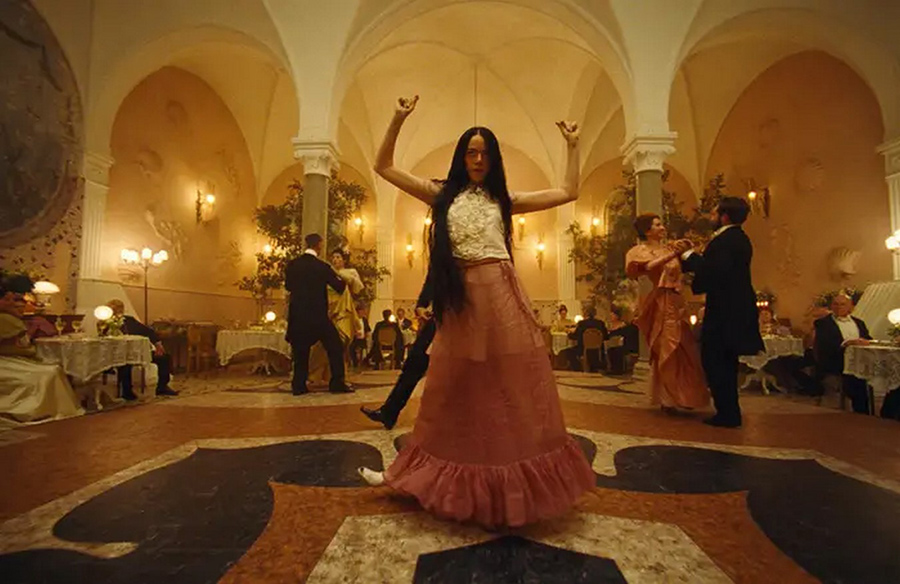
In Yorgos Lanthimos’ “Poor Things,” there’s a delightfully unconventional scene that captivates audiences with its offbeat charm. Emma Stone’s character, Bella, sets the stage with her distinctive declaration, speaking in broken English while navigating the complexities of her unique existence. Bella, a product of Dr. Godwin Baxter’s scientific experiment, embodies a curious amalgamation of life stages, possessing the physical form of a Victorian woman and the cognitive capacity of an unborn child. This juxtaposition manifests in Bella’s speech patterns and her profound sense of wonder, creating a character both enigmatic and endearing.
Inspiration from Portuguese Folklore
Amidst a dinner gathering in Lisbon, Bella’s world is momentarily disrupted by dissonant music, propelling her into a spontaneous dance. Her movements, more akin to a gallop than a traditional dance, reflect her untamed spirit and defiance of societal norms. As she navigates the dancefloor, her interactions with Duncan Wedderburn, played by Mark Ruffalo, add layers of tension and humor to the spectacle.
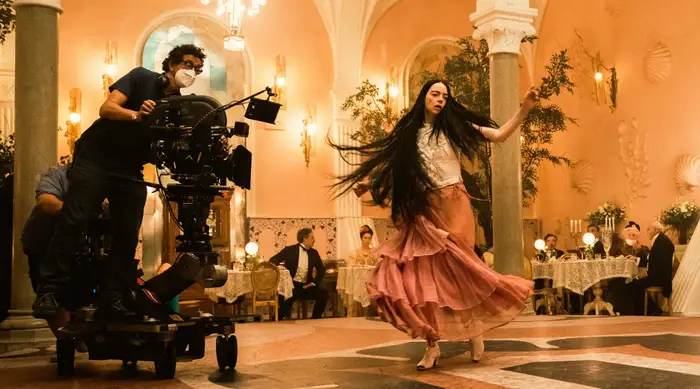
Crafting the Choreography
The choreography, a fusion of interpretive dance and expressive gestures, unfolds like a spirited game of cat-and-mouse. Bella’s exuberance clashes with Wedderburn’s attempts to rein her in, resulting in a mesmerizing display of physicality and emotion. Constanza Macras, the choreographer behind this captivating sequence, sheds light on the creative process that brought it to life.
Training the Cast
Drawing inspiration from Portuguese folklore, Macras infuses the dance with elements of innocence and authenticity, reflecting the film’s setting in Lisbon. Collaborating closely with Lanthimos, she meticulously crafted each movement to embody the essence of Bella and Wedderburn’s dynamic. Despite the scene’s surreal undertones, Macras aimed for precision and coherence, ensuring that every step resonated with the narrative’s whimsical charm.
Filming Challenges
Training the cast, including stars Emma Stone and Mark Ruffalo, proved to be both exhilarating and challenging. Macras worked tirelessly to refine their movements, instilling confidence in their ability to convey the scene’s emotional depth. Stone’s natural grace and Ruffalo’s commitment to the role culminated in a performance that seamlessly blended artistry with authenticity.
Coordinating the Shoot
On the day of filming, Macras faced the daunting task of coordinating not only the principal actors but also a cadre of extras with varying levels of dance experience. Despite the logistical hurdles, she orchestrated each moment with precision, ensuring that every participant contributed to the scene’s magic. The result was a tour de force of choreography, captured over 12 hours of meticulous filming.
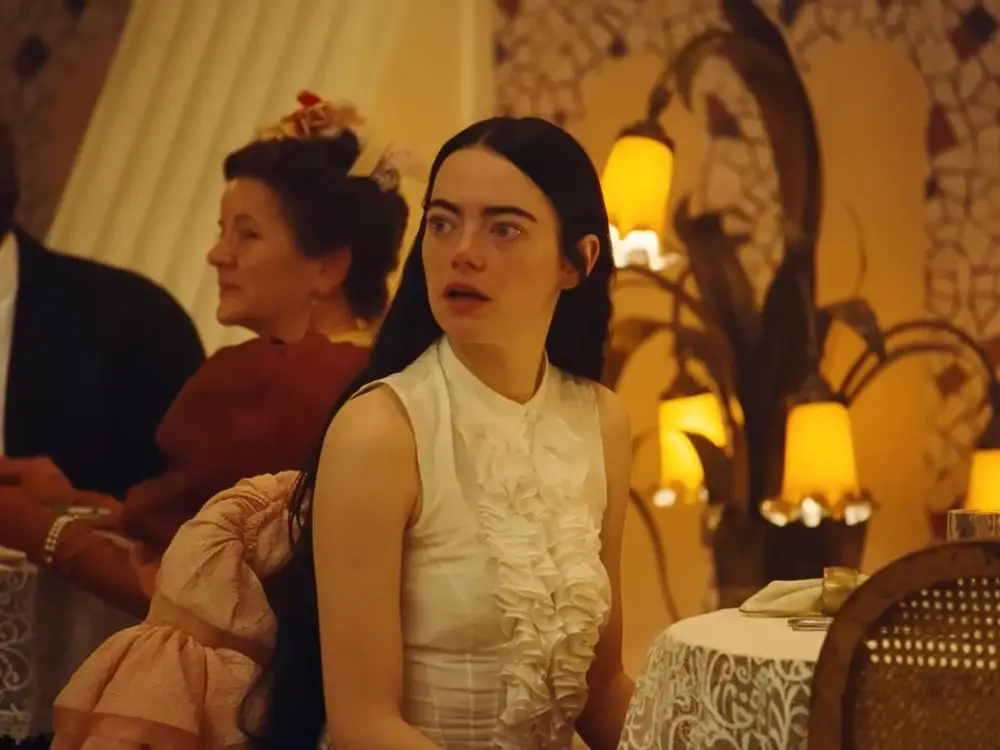
Reception and Recognition
As “Poor Things” garners acclaim and attention, the dance scene emerges as a standout moment, captivating audiences and sparking viral trends on platforms like TikTok. For Macras, the unexpected popularity is a testament to the scene’s universal appeal and enduring charm. While she remains humbled by the response, she eagerly anticipates the opportunity to showcase her work on a larger stage, embracing the possibility of bringing the dance to the prestigious Oscars telecast.
In the realm of cinematic artistry, moments like these transcend mere entertainment, leaving an indelible mark on the cultural landscape. As audiences continue to marvel at the whimsy and wonder of “Poor Things,” Constanza Macras’ choreography stands as a testament to the transformative power of dance in storytelling.

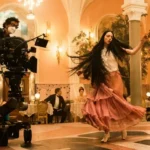
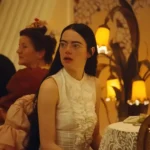









Leave a Reply